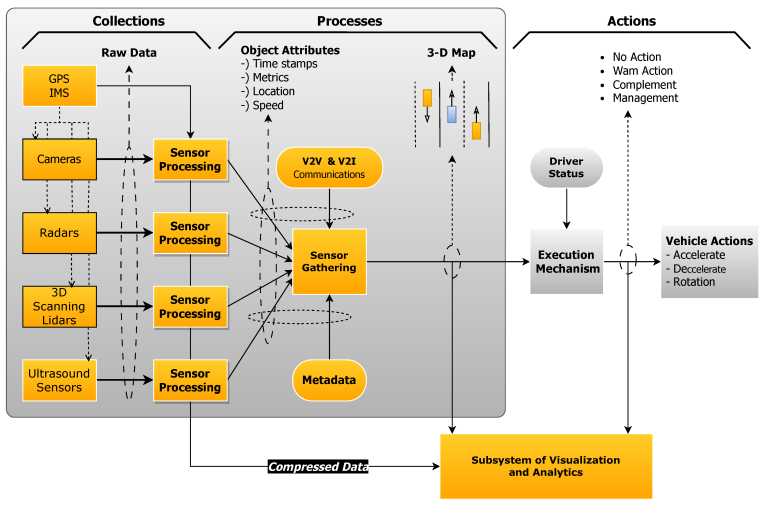The Rise of Fake IDs: Understanding the Phenomenon
In a world where identity is increasingly crucial, the emergence of fake IDs has become a concerning phenomenon. From underage teenagers trying to buy alcohol to individuals attempting to access restricted areas, the use of fake identification has permeated various aspects of society. But what drives this trend, and what are its implications? To understand the rise of fake IDs, we need to delve into the motivations behind their creation, the methods used to produce them, and the broader societal impacts they entail.
Motivations Behind Fake IDs
The motivations for diverse and often influenced by societal norms, legal restrictions, and individual desires. For teenagers, one of the primary reasons is to gain entry into venues serving alcohol or to purchase alcohol themselves before reaching the legal drinking age. The allure of participating in social activities that are otherwise off-limits can be a strong driving force.
Moreover, in an era where identity verification is crucial for access to various services and opportunities, some individuals may seek fake IDs to falsify their qualifications or backgrounds. This can range from gaining entry to exclusive clubs to applying for jobs or securing loans under false pretenses.
Furthermore, immigrants or individuals without legal documentation may turn to fake IDs as a means of assimilation or survival in a society where legal status significantly impacts one’s access to basic necessities and opportunities.
Methods of Production
The proliferation of technology has made the production of fake IDs more accessible and sophisticated. Gone are the days of poorly laminated cards with blurry photos; today’s fake IDs can be almost indistinguishable from genuine ones. Advanced printing techniques, high-quality materials, and the ability to replicate security features such as holograms and UV printing contribute to the authenticity of these forged documents.
The internet has also played a significant role in facilitating the production and distribution of fake IDs. Online marketplaces and forums provide platforms for individuals to connect with vendors who specialize in creating counterfeit documents. Payment methods such as cryptocurrencies offer anonymity, making it challenging for law enforcement to track these transactions.
Moreover, the globalization of trade has made it easier for counterfeiters to source the materials needed to produce fake IDs. Components such as specialized inks, holographic overlays, and card stock can be obtained from various suppliers worldwide, further lowering the barrier to entry for would-be forgers.
Societal Implications
The prevalence of fake IDs carries significant societal implications, ranging from public safety concerns to economic ramifications. In the realm of public safety, underage drinking facilitated by fake IDs can lead to alcohol-related accidents, injuries, and even fatalities. Moreover, individuals using fake IDs to gain access to restricted areas or sensitive facilities pose security risks that can have far-reaching consequences.
From an economic perspective, the use of fake IDs can result in financial losses for businesses that unwittingly serve underage patrons or fall victim to fraudulent transactions. Additionally, the proliferation of counterfeit documents undermines the integrity of identity verification systems, eroding trust in institutions and complicating efforts to combat identity theft and fraud.
Furthermore, the enforcement of laws governing the production and use of fake IDs poses challenges for law enforcement agencies. The decentralized nature of the internet and the anonymity afforded by digital transactions make it difficult to track down and prosecute individuals involved in the trade of counterfeit documents.
Addressing the Issue
Effectively addressing the issue of fake IDs requires a multifaceted approach that combines education, enforcement, and technological innovation. Educating teenagers about the risks associated with underage drinking and the consequences of using fake IDs can deter them from engaging in such behavior. Similarly, raising awareness among businesses about the signs of fake identification and implementing robust age verification protocols can help mitigate the impact of underage drinking.
From a law enforcement perspective, targeting the supply chain of fake IDs through coordinated efforts with international partners and cracking down on online marketplaces can disrupt the trade of counterfeit documents. Moreover, leveraging technology such as machine learning algorithms and block chain authentication can enhance the security of identity verification systems and make it more difficult for counterfeiters to produce convincing fake IDs.
Additionally, addressing the root causes that drive individuals to seek fake IDs, such as socioeconomic disparities and immigration challenges, requires systemic changes aimed at promoting equality, inclusivity, and legal pathways to documentation and employment.
Conclusion
The rise of fake IDs represents a complex and multifaceted phenomenon with far-reaching implications for individuals, businesses, and society as a whole. Understanding the motivations behind their creation, the methods used to produce them, and the societal impacts they entail is essential for developing effective strategies to address this issue. By fostering collaboration between stakeholders, leveraging technology, and addressing underlying socio-economic factors, we can work towards mitigating the prevalence of fake IDs and promoting a safer and more secure society for all.







